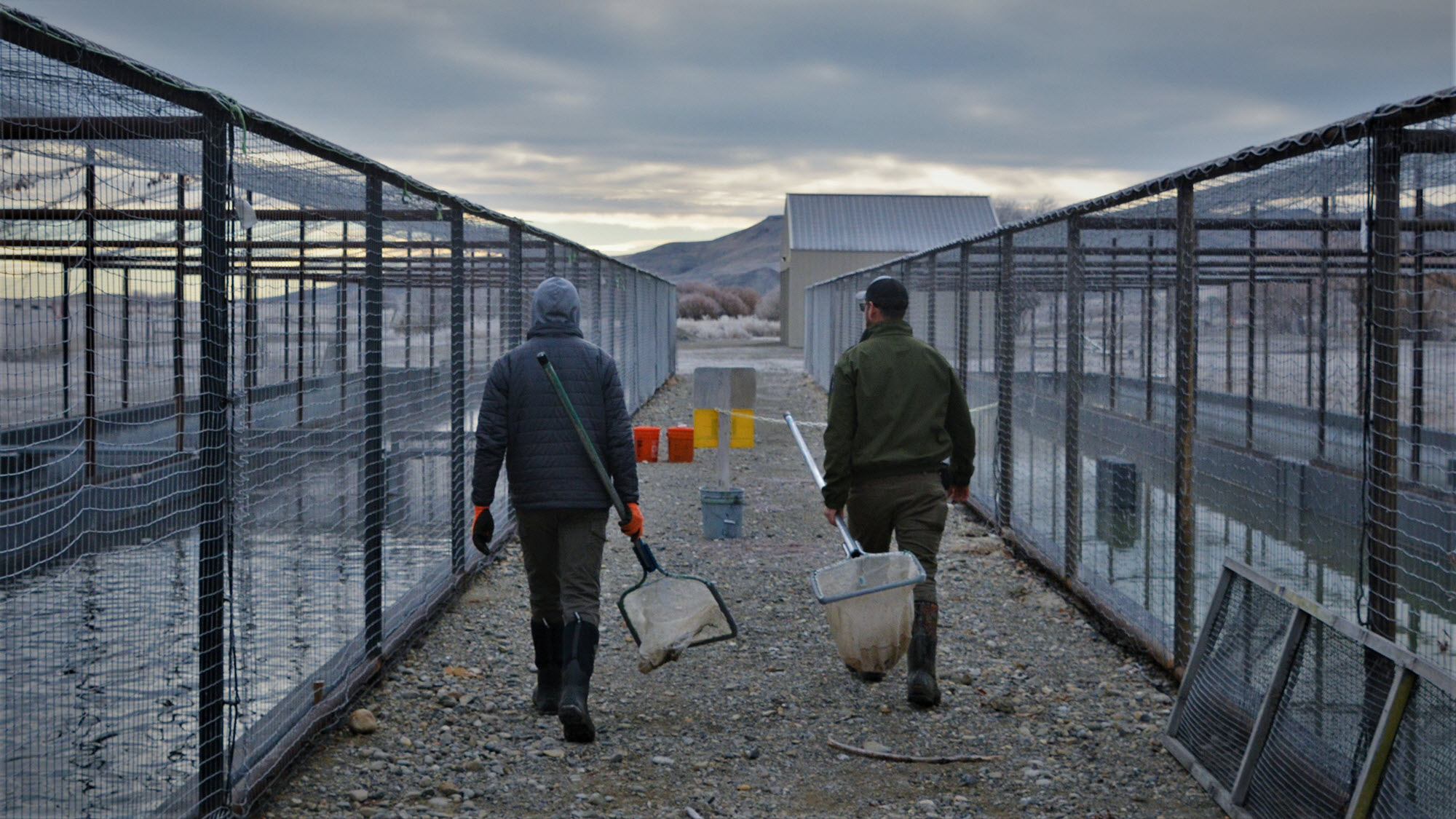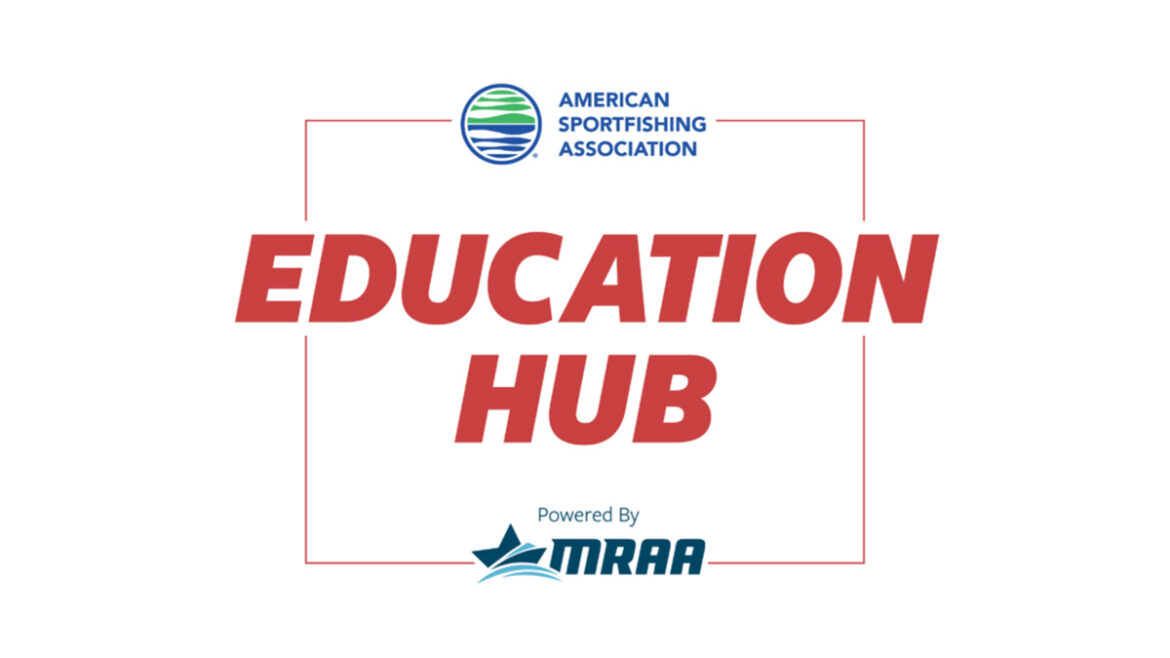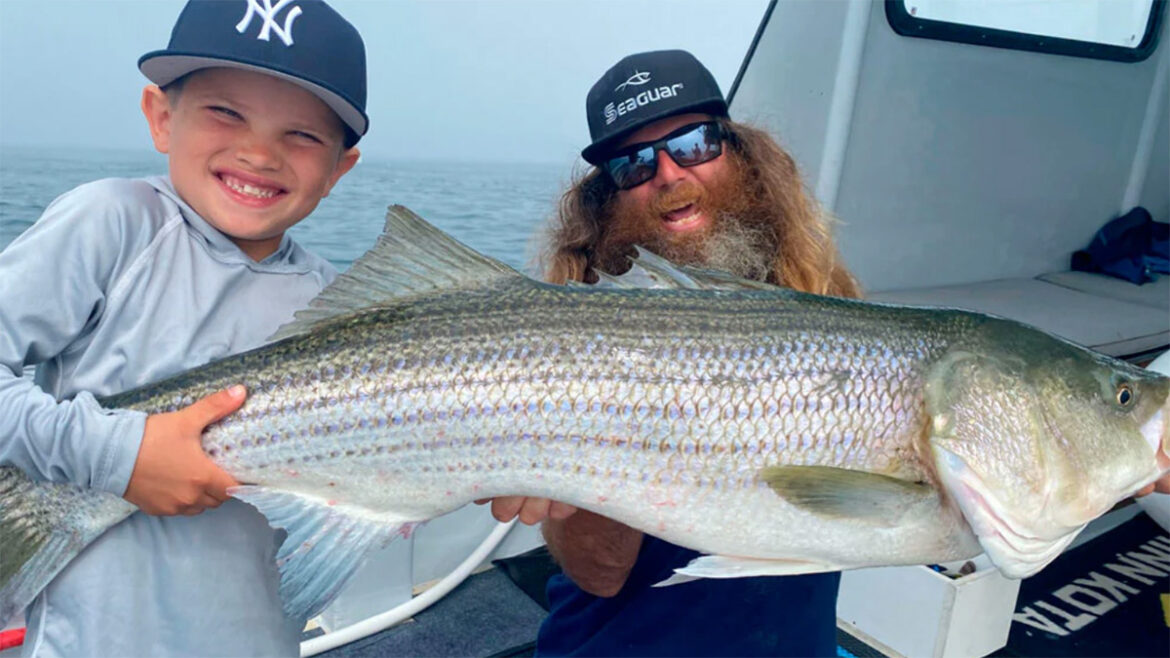Hatchery-raised trout are a hugely important part of managing Idaho’s fisheries. They often provide instant fishing opportunity when stocked in Idaho’s lakes, reservoirs, ponds, and streams, especially where natural populations or habitat can’t meet fishing demand. Idaho’s trout stocking program includes 10 hatcheries and raises more than 17 million fish annually, with about 1.5 million being “catchable” sized rainbow trout.
Since raising and stocking hatchery trout Is expensive, Idaho Fish & Game biologists have put a lot of effort into improving the stocking program. In recent years, biologists have been trying to answer “Is bigger always better?” This combination of studies investigated whether stocking larger trout might benefit anglers, and whether it would be cost effective.
The results were surprising, and earned Idaho recognition from the American Fisheries Society, which gave Idaho Fish & Game biologists its 2023 Outstanding Projects Award for fisheries research and surveys.
“Idaho has a long history of using research to improve our hatchery trout-stocking program,” said Beau Gunter, the state’s fish production manager. “The ‘magnum trout program’ is a great example of how we integrate research into our stocking program to make fishing better, while making our operations more efficient.”
Fish & Game biologists and hatchery managers faced an immediate challenge in their attempt to determine which sized trout is best to stock for anglers. Each of Idaho’s trout hatcheries is raising fish at full capacity, so the space required for growing larger trout would mean fewer fish available to be stocked.
Commonsense would say fewer trout stocked would mean fewer caught by anglers, but fisheries managers had a hunch that might not be true. One way to find out was to apply fisheries research techniques and cost/benefit analysis to see if stocking fewer — but larger — trout would provide better fishing.
Biologists knew from previous research that larger trout tend to be caught at a higher rates than smaller ones, so would less mean more? As in, could fewer larger trout be stocked, but a higher percentage end up in an angler’s creel? And if so, what would be the cost difference?
Their research required careful planning years ahead to raise and tag tens of thousands of hatchery rainbow trout before stocking them, then check with anglers to see how many were caught. The study Involved multiple hatcheries and dozens of waters across the state, with most of the data coming from tagged trout that anglers reported catching.
Biologists compared angler catch rates of two sizes of rainbow trout: standard size (10-inch) trout, commonly known as “catchables,” and “magnum” (12-inch) trout. These fish were stocked into numerous and different-sized waters all across Idaho. Feed costs between the two were also compared because it takes more food and more time in the hatchery to raise a 12-inch trout than a 10-inch trout.
Fish & Game’s goal is for anglers to catch the hatchery trout it raises and stocks. Despite “magnum” trout costing 31 percent more in feed than smaller trout, anglers caught 100 percent more of the larger trout than the smaller ones.
Research also found that, if desired, hatchery managers could offset the increase in food costs by raising fewer but larger trout, and anglers would benefit by catching larger and more fish, despite the lower number of trout stocked.
The larger trout also proved to be more cost effective when factoring in catch rates. Despite the higher cost to raise 12-inch trout, it actually cost $0.54 less on average for each magnum trout caught by an angler, compared to each 10-inch trout caught, because so many more magnum trout ended up in an angler’s creel.
Results of the study are changing the way Fish & Game raises hatchery trout. The Nampa Fish Hatchery has already shifted its trout production entirely to “magnums,” and other facilities are moving in that direction too. By questioning “commonsense” logic and doing the research, Fish & Game’s findings have made fishing better for Idaho anglers. On top of that, other states are putting the results of the study into practice as well, with multiple other states already modifying their programs to raise larger trout.
The American Fisheries Society recognized Idaho Fish & Game for “improving the management of key sportfish species, increasing the survival of sportfishes stocked, ensuring angler access to fishing areas, and continuing to promote angling to the current and next generation of anglers.”







